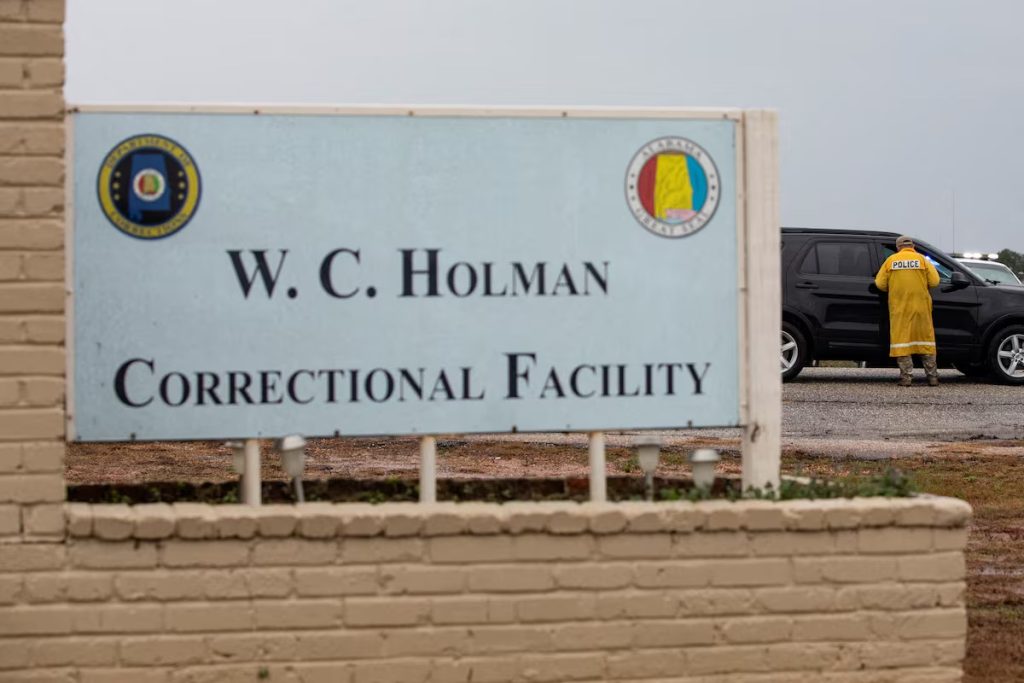
On September 26, 2024, Alabama, United States executed Alan Miller, a convicted murderer, in what became the second-ever execution by nitrogen asphyxiation. This method, first pioneered by the state, is seen by some officials as less painful than lethal injection. However, human rights experts, including the U.N., argue it may constitute torture.
The 65-year-old Miller was convicted for a 1999 shooting spree that left three men dead: Lee Michael Holdbrooks, Terry Lee Jarvis, and Christopher Scott Yancy.
Miller’s final moments were marked by visible struggle. According to witnesses, once the nitrogen gas began to flow, he trembled for about two minutes and then exhibited “periodic gasping breaths” for six more minutes. Miller’s last words were reportedly, “I didn’t do anything to be in here.” Despite the visible signs of distress, Alabama Department of Corrections Commissioner John Hamm dismissed them as “involuntary body movements,” asserting that the execution had gone as planned.
Miller’s execution came after a failed 2022 attempt to use lethal injection, prompting a lawsuit from Miller over concerns about nitrogen asphyxiation. Although Miller settled the lawsuit confidentially, his death has rekindled debates over the ethics of nitrogen gas executions.
The US administration expressed concerns, with President Biden’s office stating it was “deeply troubled” by the method. Despite these criticisms, Alabama’s Attorney General Steve Marshall maintained that the execution was carried out according to the state’s protocol, describing it as a “textbook” case.








